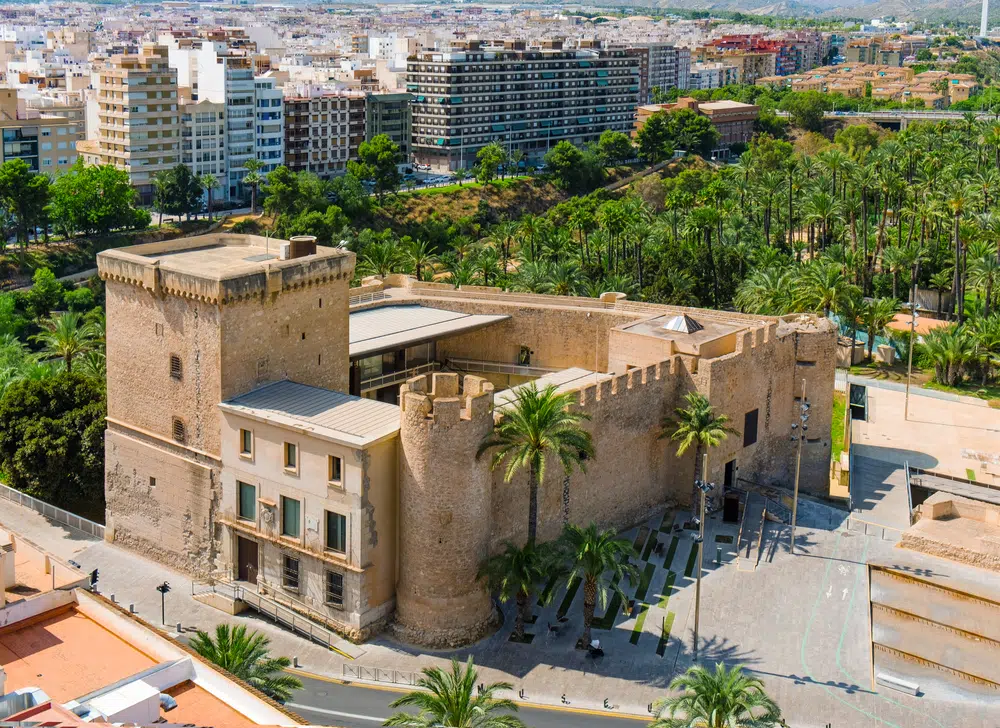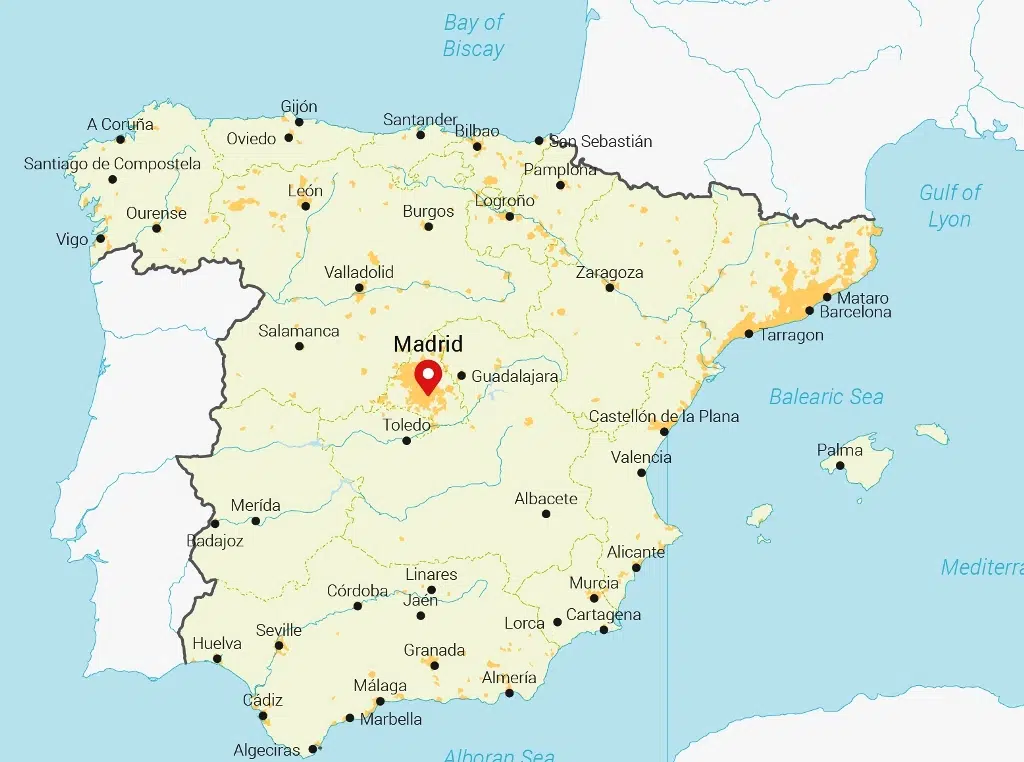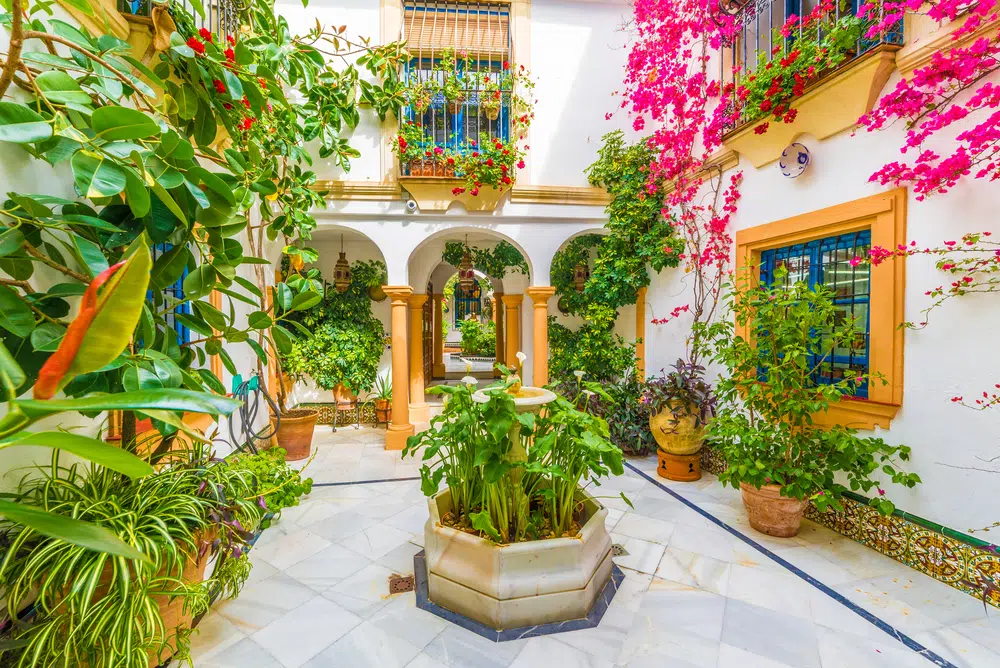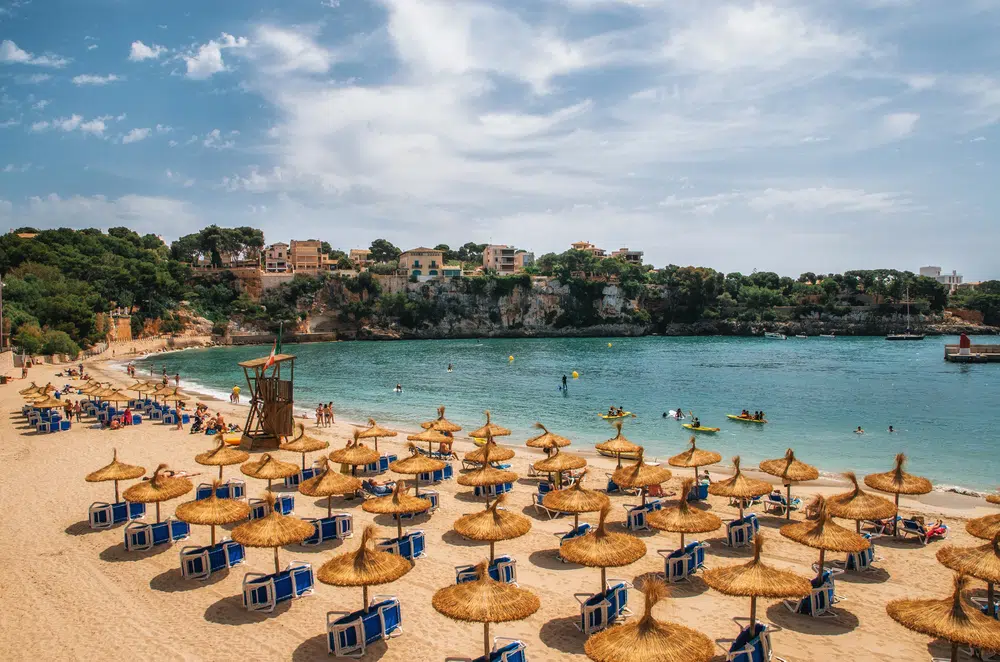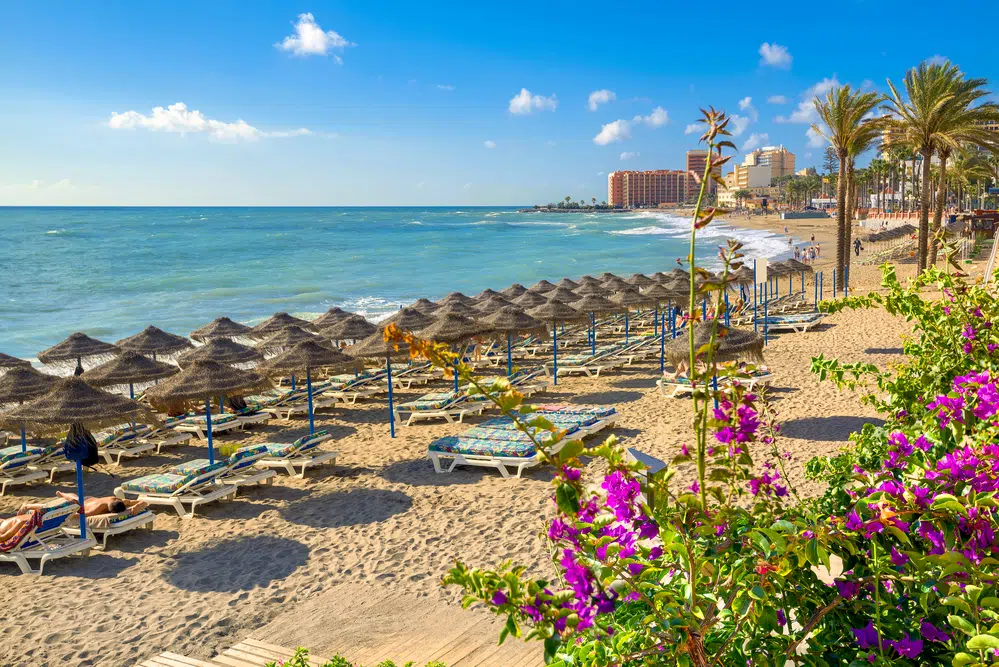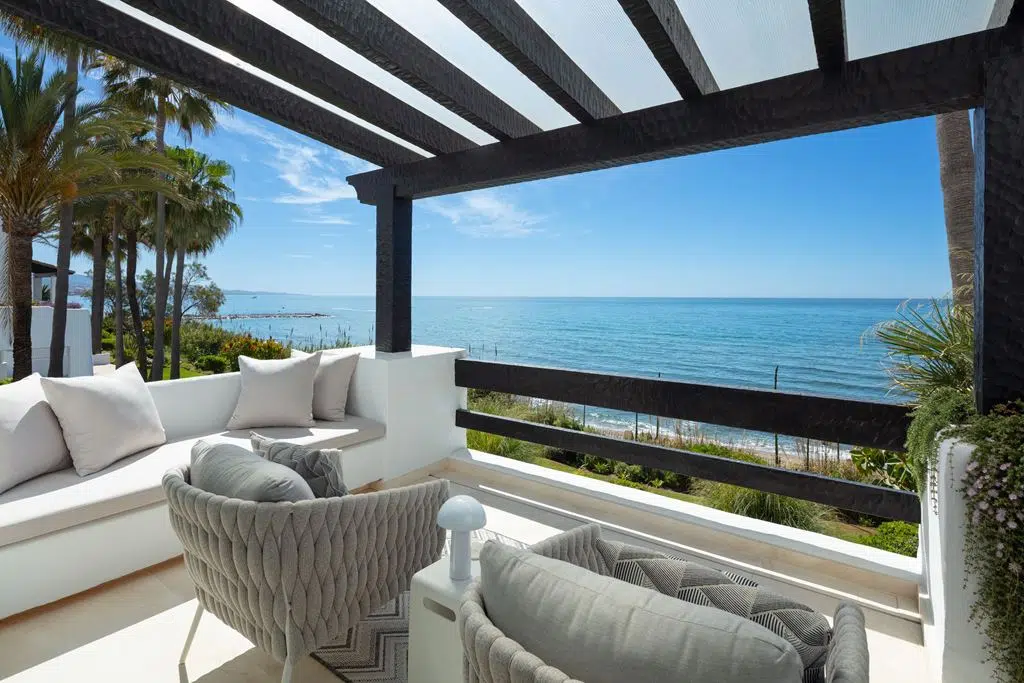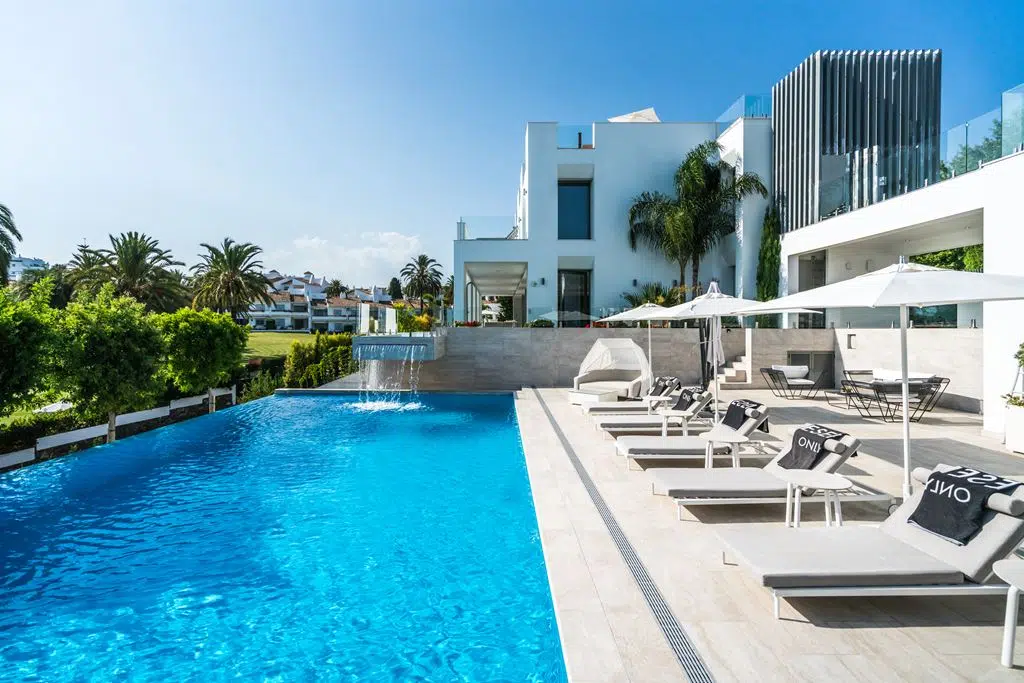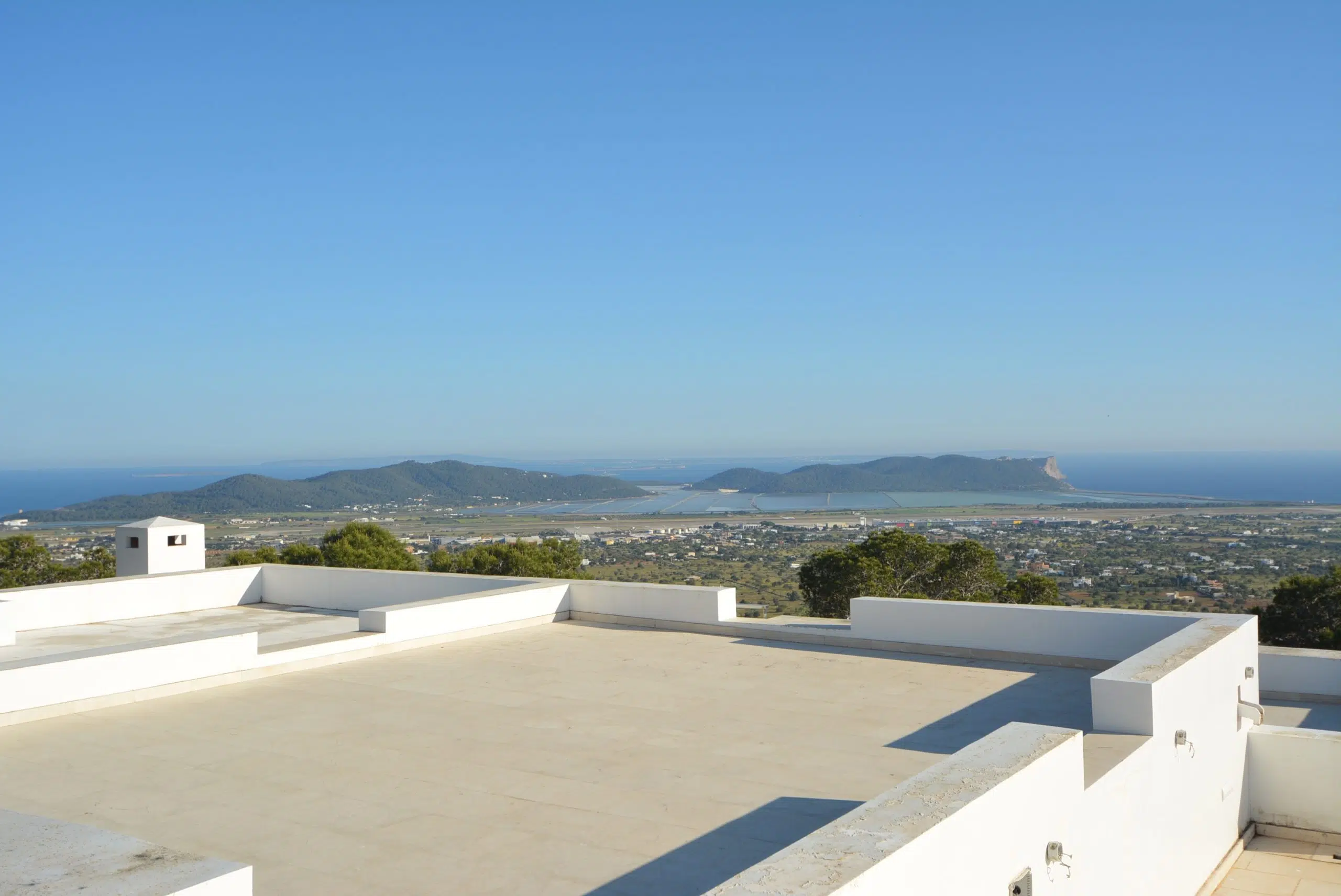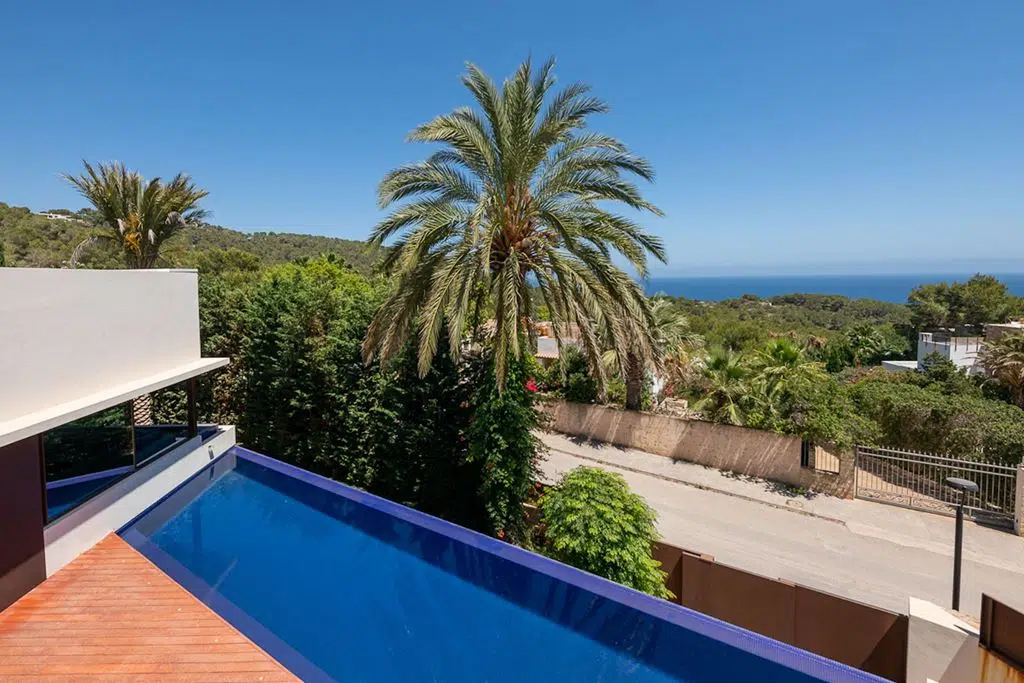Whether you come for a holiday or to view property, the things to know before visiting Spain will ensure you are well prepared. Not only to avoid social mishaps but to plan your trip quickly and confidently. From the Spanish culture to travel insurance, significant cities, and the Tapas culture, Spain is a beautiful country, and they are aware of foreigners’ misconceptions and potential faux pas.
However, these simple travel tips will ensure you don’t face awkward situations or miss out on highlights. As a major European country, many wannabe expats and holidaymakers descend on Spain yearly. They soon discover the overwhelming diversity of culture, languages, history, and local traditions spanning 17 unique regions. The entire country is fascinating, so don’t think in absolutes. Be prepared to drop the stereotypical viewpoints to understand Spain and its people.
Things to Know Before Visiting Spain
1: The History is Incredibly Diverse
Spain sits on the Iberian Peninsula. The ancient Romans established the province of Hispania here, which laid the groundwork for modern Spain. The Middle Ages saw the rise of various kingdoms, such as Castile, Aragon, and Leon, which eventually unified under the Catholic Monarchs Ferdinand and Isabella in the late 15th century.
This unification came before the Reconquista, the effort to reclaim Iberian lands from Muslim Moors. The 16th and 17th centuries saw vast overseas exploration and colonisation, leading to a global empire. The decline came with various internal conflicts and wars, but Spain’s cultural and artistic contributions—think of figures like Cervantes and Picasso—remain significant. As you can imagine, don’t think you can understand the history in just one book. Instead it is better to tour the top ten historical sites of…
- Alhambra in Granada
- Sagrada Familia
- Prado Museum in Madrid
- Alcazar of Segovia
- Mosque-Cathedral of Cordoba
- Park Guell
- Santiago de Compostela Cathedral
- Toledo’s old city
- Guggenheim Museum in Bilbao
- Roman aqueduct of Segovia
2: The Geography and Climate Also Vary From Region to Region
Spain’s diverse geography includes everything from northern lush green landscapes to southern arid desert regions. France, Andorra, Portugal, and Gibraltar (a British Overseas Territory) border it. It sits next to the Mediterranean Sea and the Atlantic Ocean.
Spain’s varied climate reflects the geographical diversity. Along the coast, you can experience the Mediterranean climate with hot, dry summers and mild winters, while the interior has a continental climate with more extreme temperature variations. Like Galicia and the Basque Country, the northern regions have more temperate, oceanic climates, often characterised by lush greenery and frequent rainfall.
3: Major Airports for International and Domestic Flights
- Adolfo Suárez Madrid-Barajas Airport (MAD): Madrid is Spain’s busiest airport for international flights and domestic and global connections.
- Barcelona-El Prat Airport (BCN): Situated in Barcelona, Spain’s second busiest airport offers numerous international flights for visiting Catalonia.
- Malaga-Costa del Sol Airport (AGP): This Costa del Sol airport services Andalusia and Spain’s southern coast.
- Valencia Airport (VLC): This airport serves Valencia and services Spain’s eastern part.
4: Money Matters
Spain uses the euro. Avoid changing money at airports because they offer the worst exchange rate. Instead, use designated banks or exchange shops. Watch for false advertising, like 0% commission, because often, the vendor makes its money by offering a lower rate. You can use ATMs, but notify your bank before going. Most shops, bars, and restaurants accept debit and credit cards.
5: The Spanish Language and English-speaking locals
In many tourist places, locals speak English. However, while Castilian Spanish is the official language, the country has five languages spoken in other regions. You may hear regional languages like Catalan, Basque, and Galician. So, to get off the beaten track, use a translator app. Otherwise, use language learning apps to brush up on a few helpful sayings.
6: Best Time of Year
Contrary to belief, this incredible country is a year-round destination. For beach holidays and the Mediterranean climate, go between May and October, but be aware that temperatures in August are sweltering on Spain’s south coast. For the mild climate that is great for getting out and exploring, stick to Spring and Autumn. To seek local travel advice when viewing homes for sale, across Spain, contact us to help plan your travel itinerary.
7: Siesta Time and Shop Closing Times
The whole concept of Spanish time is accurate, and yes, their dinner time is late. Most local businesses close between 2 pm and 4 pm; however, thanks to today’s modern lifestyles, most Spaniards in big cities will not take a siesta, i.e. the traditional afternoon nap. Instead, some have long lunches while others rest or catch up with friends. It happens more in rural communities. Don’t be surprised to see restaurants filling up at around 9.30 to 10 pm for peak meal times.
8: Nightlife and Spanish Cuisine
In some places, like the partying capital of Ibiza, the nightlife continues until morning. Regarding food service in Spanish restaurants, tipping isn’t a big business compared to places like the USA because Spaniards have a living wage. Aim for 10%, but keep an eye out for areas that have already added service charges to food services. Also, check the dress code beforehand if visiting fancy restaurants.
For recommended Spanish food, Jamon is everywhere. This tradition of hung cured ham stretches back centuries. Another popular dish, Tortilla, is a Spanish omelette made with potatoes. Both food items should be on your culinary bucket list of Spanish food.
Pintxos is traditional to Spain’s northern Basque country, while Andalusian cuisine focuses on the Tapas culture, which is free with drinks. Both are similar. Do try patatas bravas, which are fried potatoes in sauce. Spaniards say that if a restaurant serves good patatas bravas, eat there.
Also, in your rush to be like a local, stop before ordering Sangria because they rarely drink it. Instead, this wine-loving country prefers a decent selection of white, red, and rose options. A good option is Tinto de Verano, which is red wine and lemon soda.
Everyone has heard of paella, but most people mispronounce it. They say pah-eh-la, but the correct pronunciation is pah-eh-ya. To do as the locals do, eat it for lunch because that gives time for the heaviness of Spain’s biggest meal to wear off. Order the fish or meat versions, but remember that the most authentic and traditional paella comes from Valencia. Plenty of Spanish restaurants sell the dish.
9: Is Spain Dangerous?
No, Spain hosts millions of tourists yearly who enjoy the sun, road trips, significant attractions., gorgeous beaches, delicious food, and UNESCO World Heritage sites. Add to this the hundreds of thousands of expats renting or buying property and holiday homeowners, proving the popularity.
However, don’t fall prey to opportunity crime. Take the same safety precautions that you would do in your home country. Also, in large cities like Madrid and Barcelona, pickpockets target tourists, so they keep cash and cards secure and inside their pockets.
10: What is the Best Region?
Spain’s 17 autonomous regions are diverse. The North is the colder and wetter region. We love the southern Andalusia region, which includes well-known destinations like the Costa Del Sol, a high concentration of golf courses, and historic cities. Heading east, we also like Valencia, which is home to Spain’s Costa Blanca and beautiful Alicante. The Costa Brava attracts many Brits. Every area has plenty of tourist attractions and day trips, but if you don’t like crowds, avoid the peak tourist season and hottest months of July to September.
11: Beaches and Islands Galore
Given Spain has over 5000 kilometres of coastline, there are thousands of beaches and beach towns to choose from. Most British nationals head to Andalusia and Valencia for sun, sea, and sand, but La Concha in northeast Spain belongs to San Sebastian for a change. The Balearic Ibiza and Mallorca are famous islands to visit. People rarely head to Spain’s northern regions for beaches because of lower temperatures. Whether you want to buy the property or take a holiday, most foreigners prefer coastal towns with excellent public transportation networks.
12: What are the Major Spanish Cities?
Without a doubt, Madrid city centre and the coastal city of Barcelona, with their vast range of shopping, modes of transport, food, and historical attractions, are the most popular. Madrid is home to Spain’s Royal palace. Instagram users rate San Sebastian in Spain’s Basque region. It has renowned restaurants, which food lovers will adore.
Also, see the Sagrada Familia in Barcelona, one of Spain’s biggest attractions. If you have extended time, visit the nearby medieval city of Girona. Regarding southern cities, Malaga, and Seville (known for the Semana Santa parade) are popular. We would say to get ready because the public transport system is mind-boggling and cramped at peak times. Also, watch out for petty crime, and opportunist theft. Keep your wallets and bags close by.
13: Passport and Visas
The Spanish government has laid out the rules for passports and visas. When leaving Spain, you must have three months left on your passport. Tourists can stay 90 days out of 180 days on a tourist visa. This doesn’t allow you to work. Foreigners need residency permits to stay longer. (La tarjeta de identidad de extranjero’) Foreign nationals on a residency permit don’t have to get their passport stamped when leaving and entering the country. Just show that permit.
Spain is also part of the Schengen Area, which allows passport-free travel between member countries. Citizens of Schengen member states do not need a visa to enter Spain.
More About Spain
Best Spanish Costas: If you want to know the best Spanish Costas because you dream of an expat living in the sun, prepare for an avalanche of choices. Most people head to mainland Spain’s eastern and south Costas for tourism and expat destinations, which are generally classed as the best. Indeed, annually, they host millions of foreigners worldwide who want to soak up everything Spanish. So, in addition to looking at the things to know before visiting Spain, this article looks at these Costas and what makes them stand out.
Places in Spain to Visit and Live: Whether you want to live there or visit, the list of beautiful places in Spain presents a unique country offering much to anyone who wants to experience everything in this corner of Europe. Of course, some incredible places and towns of Spain, like Andalusia, Malaga, Madrid, Barcelona, the Costa del Sol, Cordoba, and Ronda, rank as the most visited and earn international travel fame.
